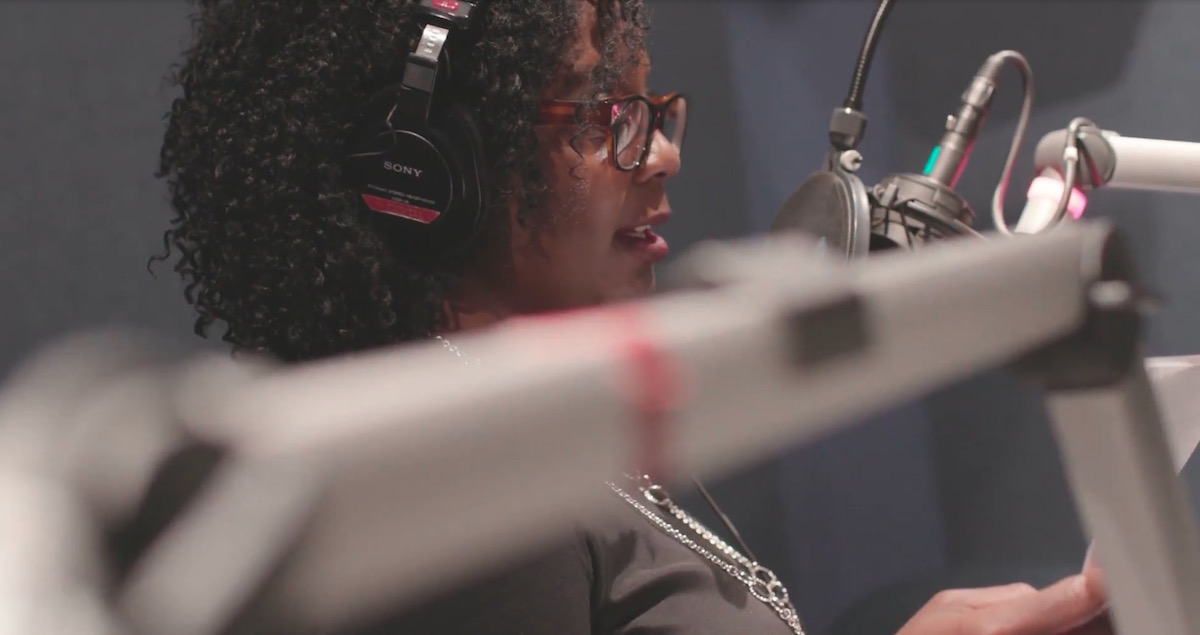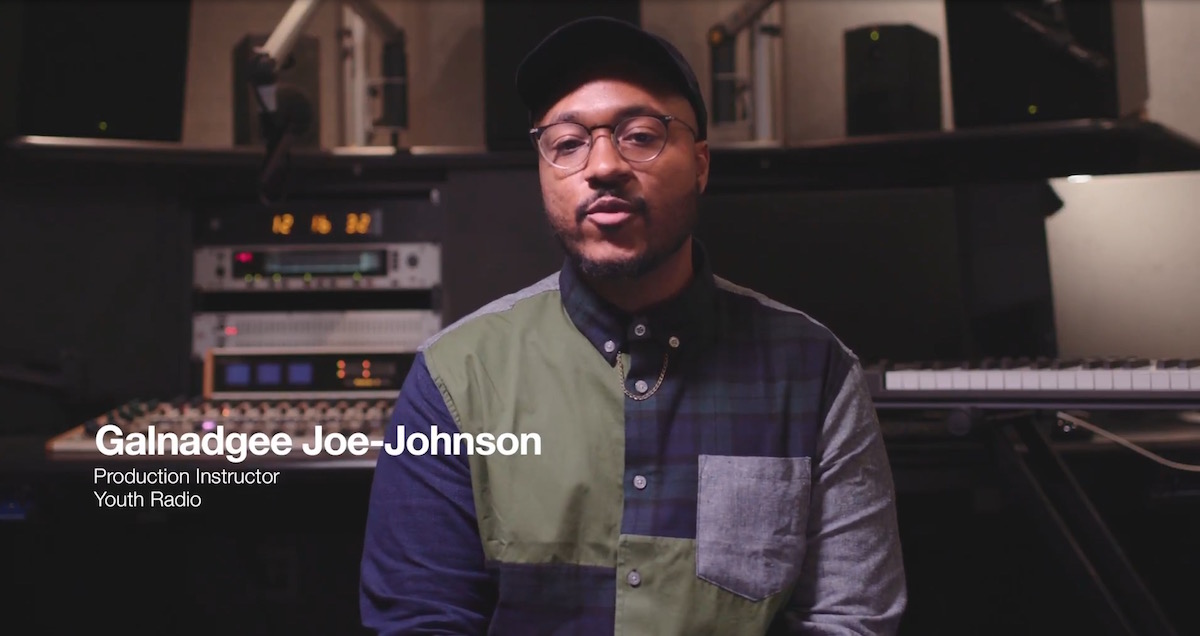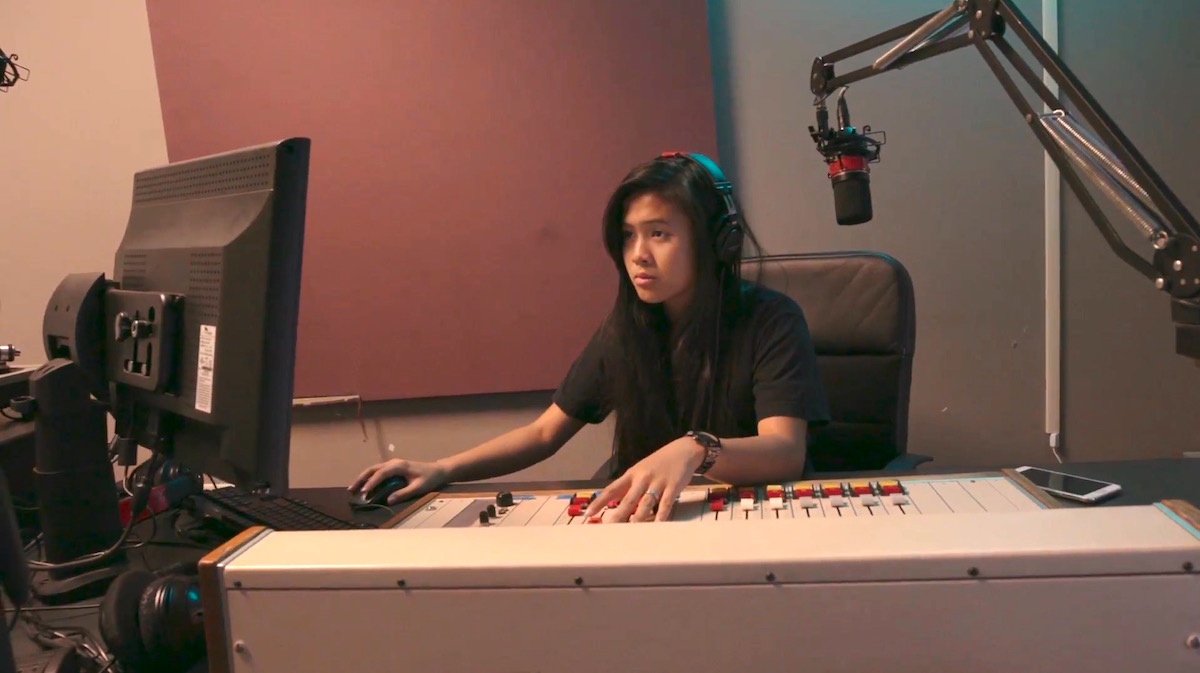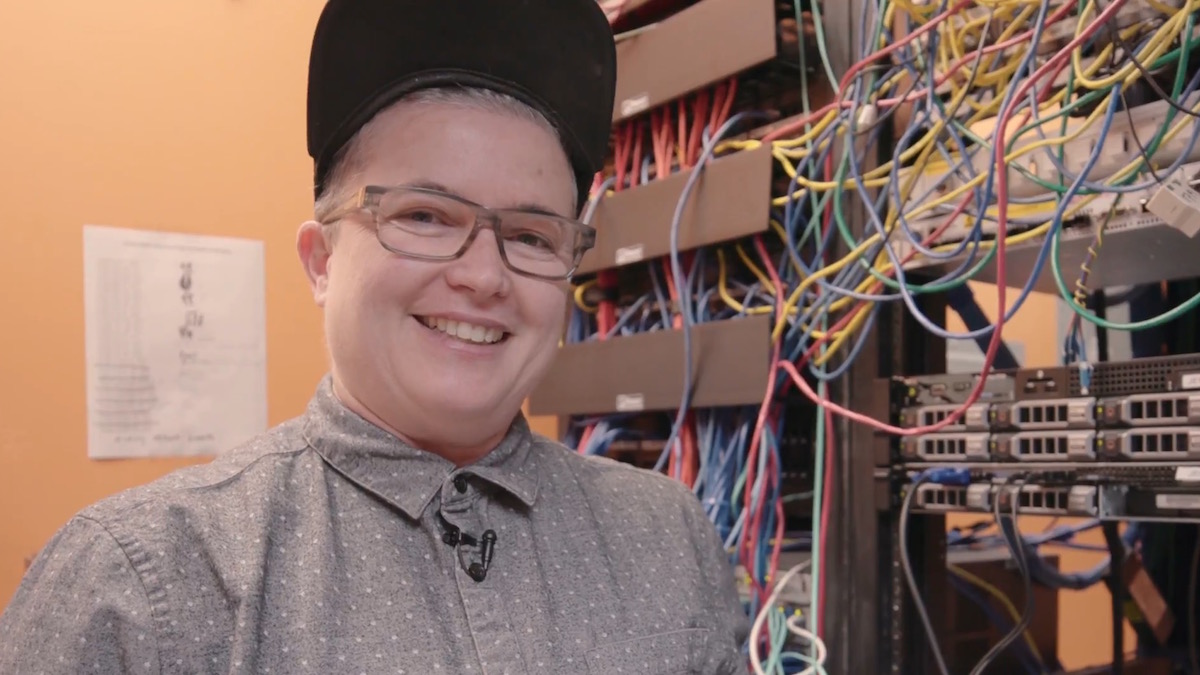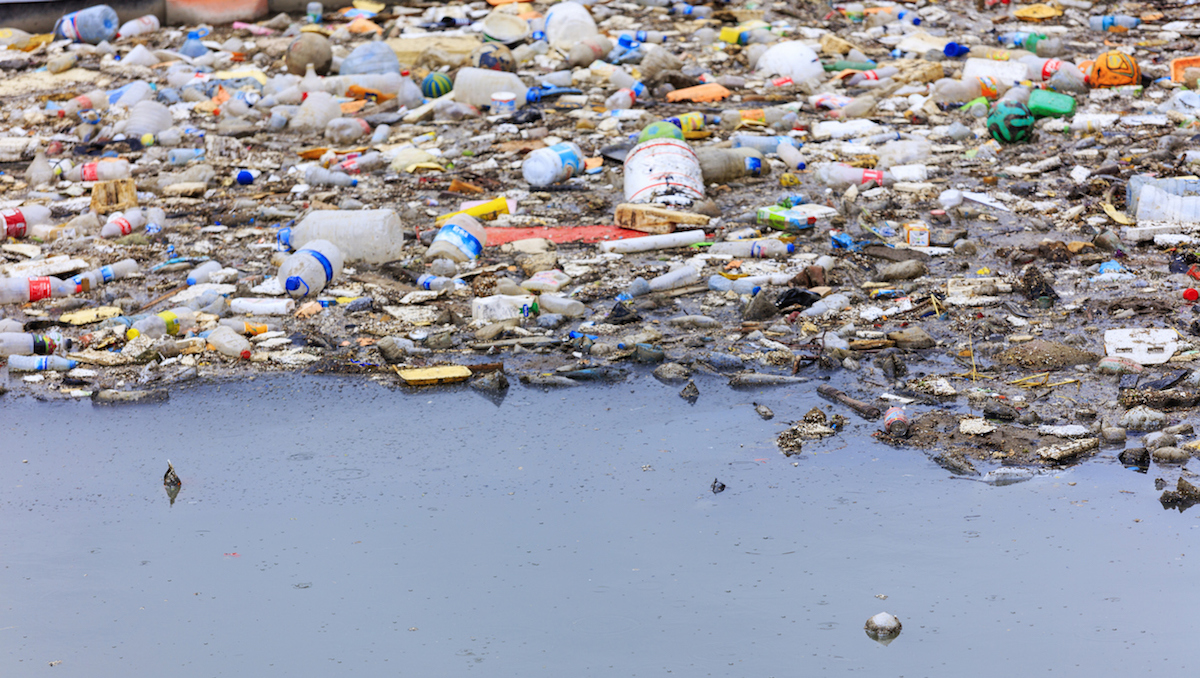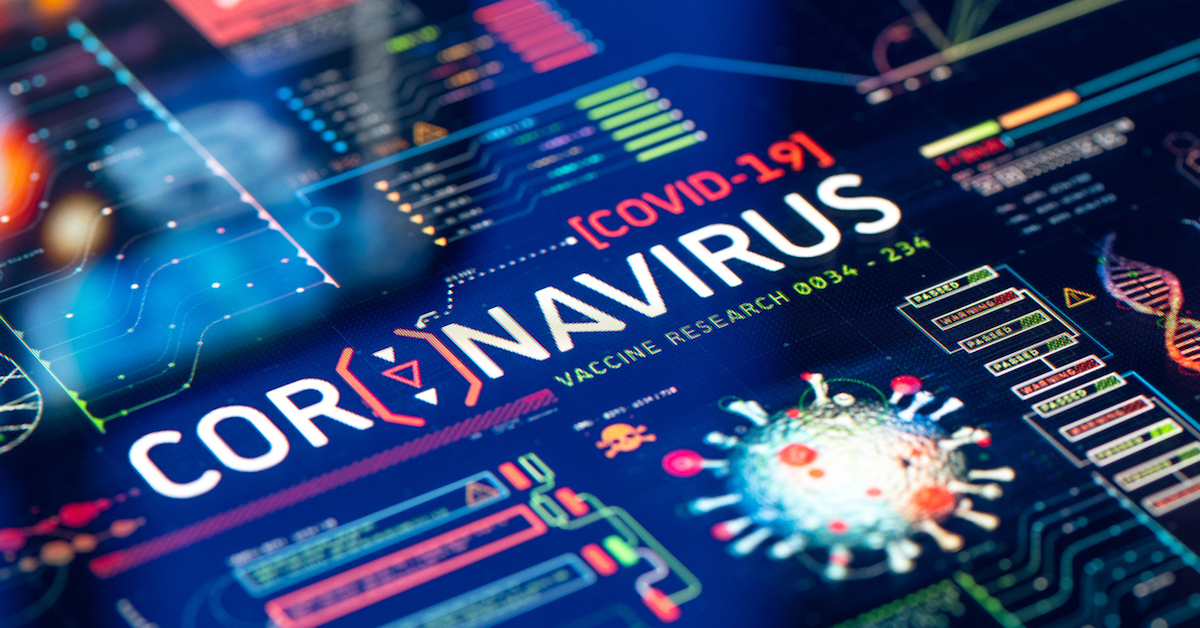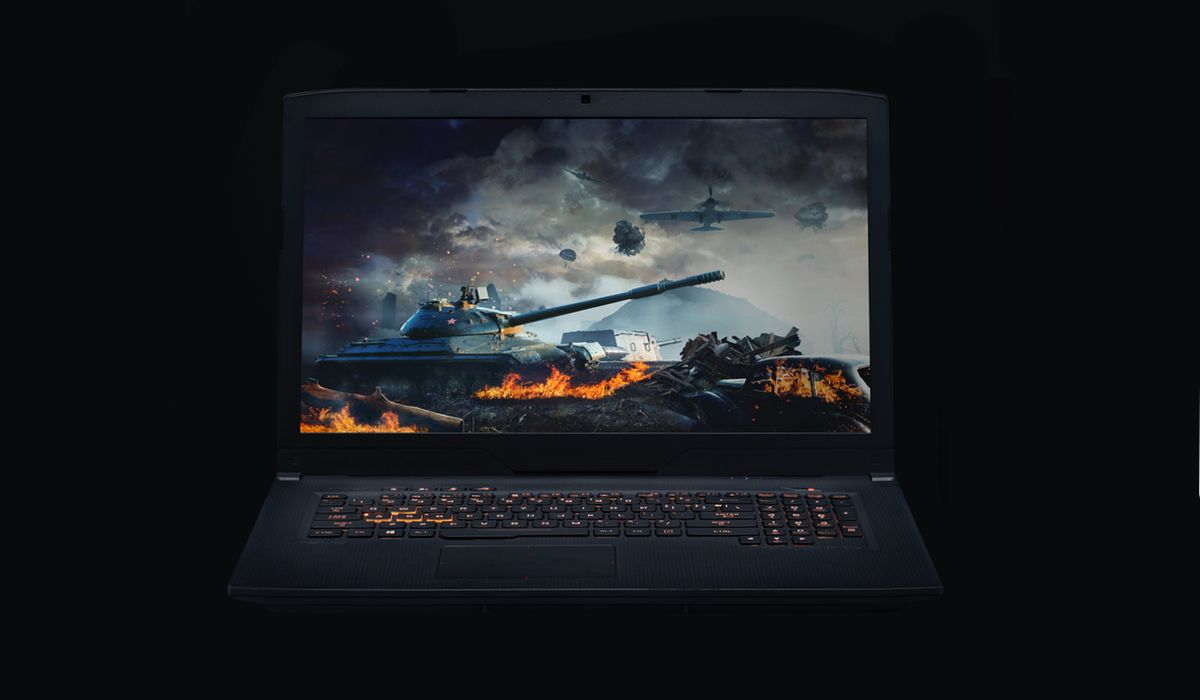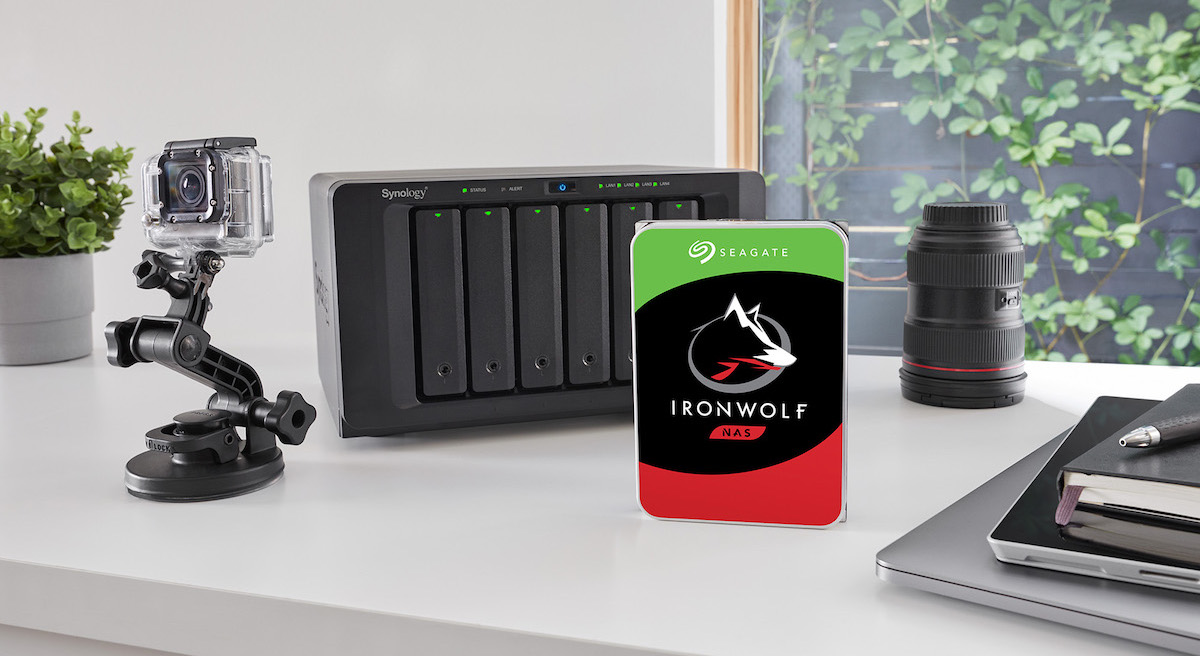Youth Radio helps aspiring journalists and media artists tell unique stories to a national audience.
And this non-profit media production company just found a way to tame a huge data deluge: terabytes-upon-terabytes of audio, video and working files from their prodigious project load, involving scores young producers and students creating audio and video reports and print articles for major media outlets, music, videos, live DJ broadcasts and podcasts.
In the video watch Youth Radio’s staff describe their goal, the studio’s needs, and recent upgrades to their workflow, then read more below:
Why Youth Radio: a place to share their stories, and the skills to enable them
In 1993, in the San Francisco Bay Area, during a wave of youth violence and unemployment, Youth Radio opened its doors to create a direct line for Bay Area teens to share their stories with audiences on both public and commercial airways. In 2007 the organization moved headquarters from Berkeley to downtown Oakland, creating a hub from which they could both instruct and serve the region’s youth. Since that time, its staff has grown, comprising news, music, video and art departments that must work together seamlessly in order to deliver engaging content with a distinctive voice.
Today, Youth Radio is a Peabody Award-winning media production company and learning institution that prepares diverse young people for the 21st-century digital workplace by offering them hands-on education and employment in journalism, arts, and technology, as well as access to support services like academic advising and mental health care. It works with youth organizations around the country to produce content for our national media partners including The New York Times, NPR, PBS, National Geographic, the Huffington Post and Teen Vogue. Students learn to produce content shared with millions, elevating youth perspectives on the most important issues we face.
Learning critical skills in the media and entertainment industry
“We measure our success in the impact we have on the lives of our participants,” says Cari Campbell, senior technical manager at Youth Radio. Students interested in media, entertainment and journalism career paths learn highly relevant skills including video and audio capture and production, digital video and audio tools, video streaming, production workflow and data management, Photoshop basics, podcasting and distribution, data visualization, journalism skills including research, critical thinking, storytelling, interviewing, fact-checking, editing and scripting, as well as professional development, project management skills and data-sharing with cross-functional teams.
“I really love working here at Youth Radio,” says Galnadgee Joe-Johnson, a production instructor at Youth Radio. He says the impact of his commitment and the students’ advancing skills are visible every day. “Oftentimes I come into the building and students see me and immediately they’re like: ‘Yo, you gotta listen to this song I just made, you have to listen to this beat.’ And that’s really inspiring to me, that they want to show me the content that they made,” he gushes.
“They’re always very thankful for the things that I teach them, and any time I teach them a certain technique or a certain way of doing things, they’re extremely appreciative and they always point it out to me in their own productions — ‘See that thing you taught me; check it out — I did it on this.’ It’s really inspiring,” says Joe-Johnson, emphasizing that learning and inspiration go both ways between students and staff. “I’m working with a hugely diverse group of people with different backgrounds, so I get to learn a lot from them.”
More stories and better production lead to a data deluge
Why is Youth Radio facing a flood of data? In just the past 18 months, “Our production has tripled,” notes Campbell.
“We create a lot of media content daily,” Joe-Johnson agrees. “Whether we’re editing audio and video or manipulating audio to improve its sound quality, we encourage our students to edit in a non-destructive way. Essentially what that does is it creates a lot of copies of our source material, and as you can imagine, that creates a lot of data.”
Also, he emphasizes, “We share files a lot. As an audio engineer, sometimes the team will hand me a cut sheet and three hours of audio, and say: ‘Here, this is a three-minute commentary that needs to be done today.’ It’ll be hosted on our server, and I’ll grab it from there, make the edits, and then upload it back there, for them to be able to grab it and continue on with whatever edits they want to make, or deliver it to our many media outlets.”
“We need systems in place that allow us to keep all that data and video information secured and accessible so that we can all basically collaborate on it,” says Joe-Johnson.
“People work locally a lot of the time, and then want to transfer something to another department,” Campbell explains. “People would use jump drives, they’d use their own personal stuff — we kind of wanted something that was central and that other departments could access. We have different departments working together — it’s a big operation.”
How Youth Radio deployed better data management tools
“Our storage was nearly at capacity,” says Campbell. “We’re producing more and more content for online channels and our media partners, which creates a ton of data. It was becoming pretty clear that we needed a new solution for our storage challenges.”
 The Youth Radio team had been backing up much of its data to an older server, which had its share of challenges, says Joe-Johnson. Many students also were backing up their daily work to a variety of thumb drives, making it hard to find the right files when needed.
The Youth Radio team had been backing up much of its data to an older server, which had its share of challenges, says Joe-Johnson. Many students also were backing up their daily work to a variety of thumb drives, making it hard to find the right files when needed.
“Sometimes our server would go down and we’d have connectivity issues,” he explains. “Backing up and transferring large files could also be pretty time-consuming.”
Campbell reached out to Seagate, explaining the issues and the team’s need for a reliable, centralized storage solution for streamlining the work of staff and students. The company provided Youth Radio with a 16TB network-attached storage (NAS) system equipped with Seagate IronWolf NAS-optimized hard drives. The organization also added a number of Seagate portable hard drives to accompany workstations for backing up, securing and transferring data across different work groups.
“Before we had the NAS system in place, it was difficult to backup a lot of our large files,” Joe-Johnson describes. “We were running around with these external hard drives to backup a lot of data that was left on computers. We wanted to have a central system that makes it so when they save their work, they’re able to locate it again on another computer to continue on with that — since there are various studios, labs and other working places here at Youth Radio.”
“It worked super well specifically for the video team, who has a lot of content — and video files are very, very large,” he says. “We partitioned the NAS and made sure they have their own video team folder.”
“We haven’t experienced any issues since setting up our NAS,” says Joe-Johnson. “Having a way to store all of our data in a place that’s accessible to everyone on our staff is extremely helpful in getting projects done. Our students were very worried about saving their work and having access to it, from any computer in the building. Once we got this NAS system in place it became a lot easier to teach students how to navigate, connect to it, and back up the work that they do. We’ve been able to collaborate much better and speed up our work, thanks to Seagate.”
“We have so much more room to breathe now,” says Campbell of the new storage equipment. “There’s enough space for people to share files more easily. Seagate’s changed everything for us; it’s amazing what we have now.”
Where can you listen to Youth Radio?
In the past year, Youth Radio has delivered videos and stories on a deep variety of issues including California’s disastrous fires, the impact of Supreme Court decisions on juvenile offenders, the practice among some high schoolers of staging ever-more-elaborate promposals, a short series on young people’s first experiences with racism and an essay by a teen farmworker (these last two featured in the New York Times). The operation produces numerous radio segments for NPR programs including Morning Edition, All Things Considered, Market Place and Here and Now — listen on NPR yourself right here.


